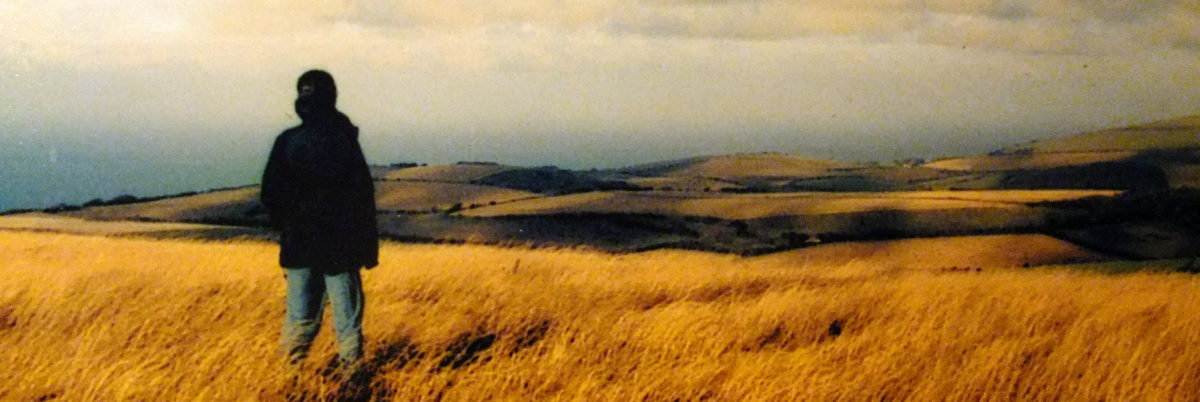
Two weeks ago, I looked out a bus window at a sand-strewn landscape with rocks and cliffs in shades of brown and ochre rimming the horizon. A few camels wandered by. We were traveling through the Negev Desert, one of earth’s driest environments. During the weeks we had traveled in Israel, I had been awed and grieved, moved to tears and to laughter and love. I grew more aware of the country’s complexity, of its peoples and their stories.
Most of all, I was deeply aware of water, its presence and absence and my need for it. At home surrounded by the green farms of Pennsylvania where rains usually arrive on time and the mountains and the valleys are green, I don’t think about my need for water. When I am thirsty, I fill my glass and drink. It is always available.
On our hiking pilgrimage through Israel, however, when the waves of heat regularly soared above 100 F, we paid attention to water! Our guide David repeatedly reminded us, “Fill your water bottles” before we set out to walk. And whenever we paused, he said, “Did you remember to drink?” Hiking up and down dry hills where only thistles and thorns flourished, climbing canyon walls where sand-colored stone reflected the sun’s burning heat into our faces, we drank, and then drank some more. Water was at the center of our experience, the underlying, unifying theme touching everything else that happened.
Water, I realized as I never had before, is life; it is sacred. While it can be destructive by its fierce presence or by its decimating absence, water is still sacred. Islamic tradition teaches that God created all creatures out of water. Some waters are sacred places of pilgrimage, like the Ganges River in India and the Jordan in Israel. Christian pilgrims come for baptism in the Jordan where Jesus was baptized. In these waters, people hope to experience forgiveness and a new beginning, a re-made life.
In Celtic Christianity, wells and springs are often sacred places for purification and healing. I visited St. Winifred’s Well in Wales a few years ago and dipped my hands in its water, open to its blessing while remembering Winifred. Jewish ritual bathing (mikveh) and the Muslim practice of washing before prayer both reflect our human need to bring our cleanest, purest selves into Divine presence. To be physically alive, we need water within. Water on our skin can help us be spiritually alive.

Israel’s parched landscape is marked by wadis, old dry riverbeds, and it is also marked by thin green lines deep within rocky canyons where water flows from hidden springs like a secret blessing. Scrambling down trails into the canyons, we found the streams. Sometimes we crossed a stream multiple times until we arrived at a small waterfall and a pool in which we were gladly refreshed. Or we waded down the green-bordered stream, grateful for the cooling flow against our legs on a searing hot day. We were thirsty for the touch of water.

In this Biblical land, I better understood water metaphors. I knew why the prophet Amos passionately declared, “Let justice roll on like a river, righteousness like a never failing stream!” Our need today for justice and righteousness is as great as in Amos’ time, and we need Amos’ passion, too. Borrowing from Psalms and Isaiah, I wrote:
Holy water.
Dry wadis in a thirsty land
longing to be filled,
dry people under a hot sun
needing to drink;
the dry land longing for green pastures,
the dry people needing to dwell
beside still waters.
Holy water.
Immersed in the cold wet stream
that pours from above,
sweet pleasure for a searing day;
then emerging from the waterfall,
freshly baptized and alive,
blessed like a well-watered garden
like a spring whose waters never fail.
May we be attentive to the touch of water and to the water we drink. May we open to the Spirit through water’s blessing.

